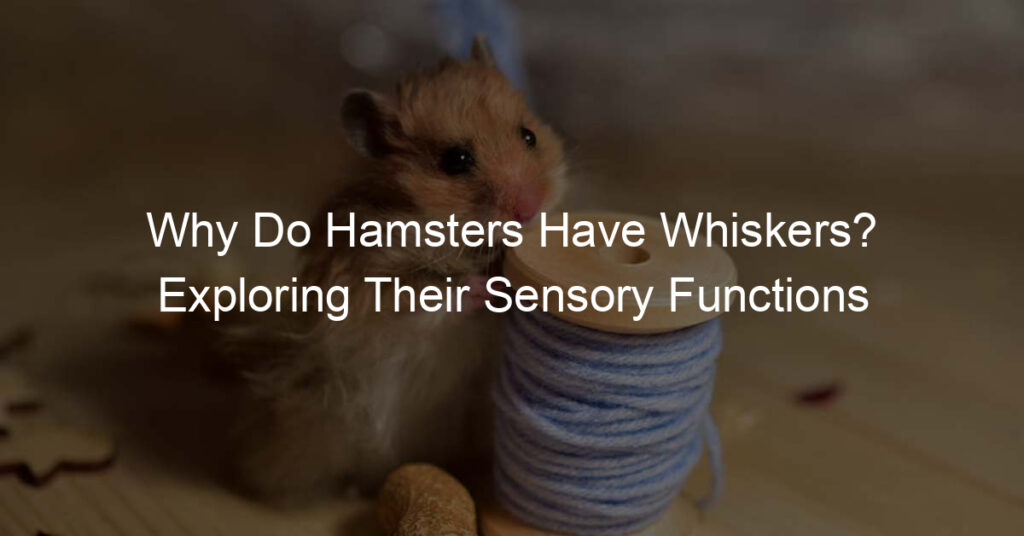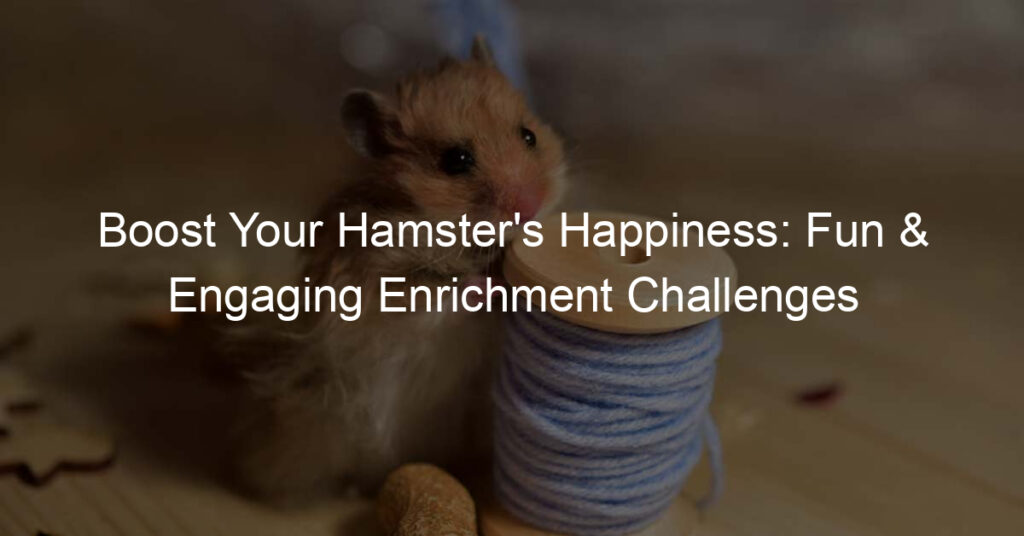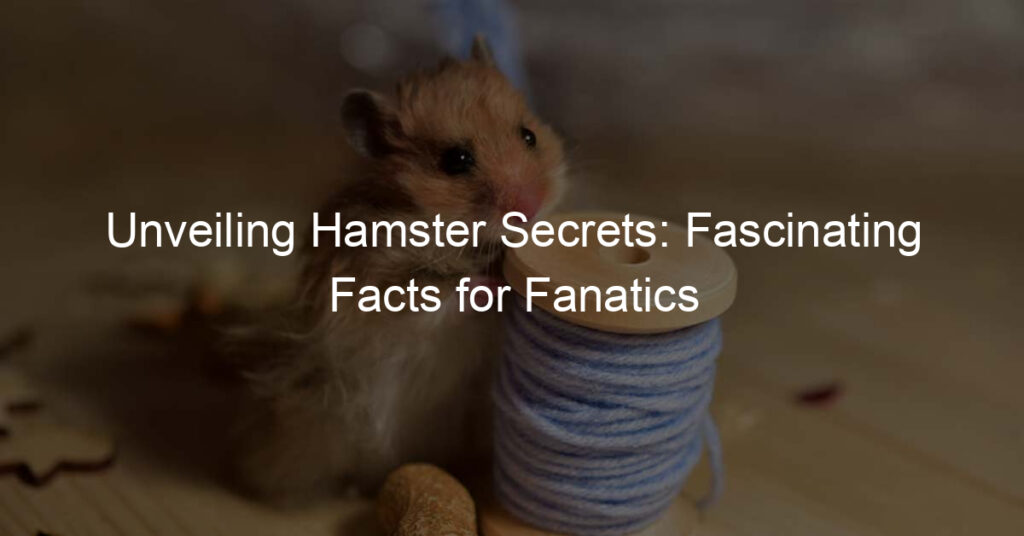Hamsters are fascinating creatures, and their whiskers play an essential role in their daily lives.
These delicate, hair-like structures, also known as vibrissae, serve as sensitive sensory tools for hamsters, enabling them to navigate their environment effectively. They are not only cute features on their faces but also crucial to their survival.
Whiskers help hamsters in various ways, including detecting objects around them, maintaining balance, and providing subtle clues about how they feel.
In the wild, hamsters rely on their whiskers as a means of protection, alerting them to potential predator threats. These long hairs, located on a hamster’s face, are highly sensitive to touch and help them maneuver in dark environments, enabling them to forage for food confidently.
Key Takeaways
- Hamster whiskers serve as essential sensory tools that help them navigate and interact with their surroundings.
- Whiskers help hamsters detect potential threats and maintain balance as they move through their environment.
- Proper care and understanding of these delicate structures contribute to a hamster’s overall well-being.
Why Do Hamsters Have Whiskers?
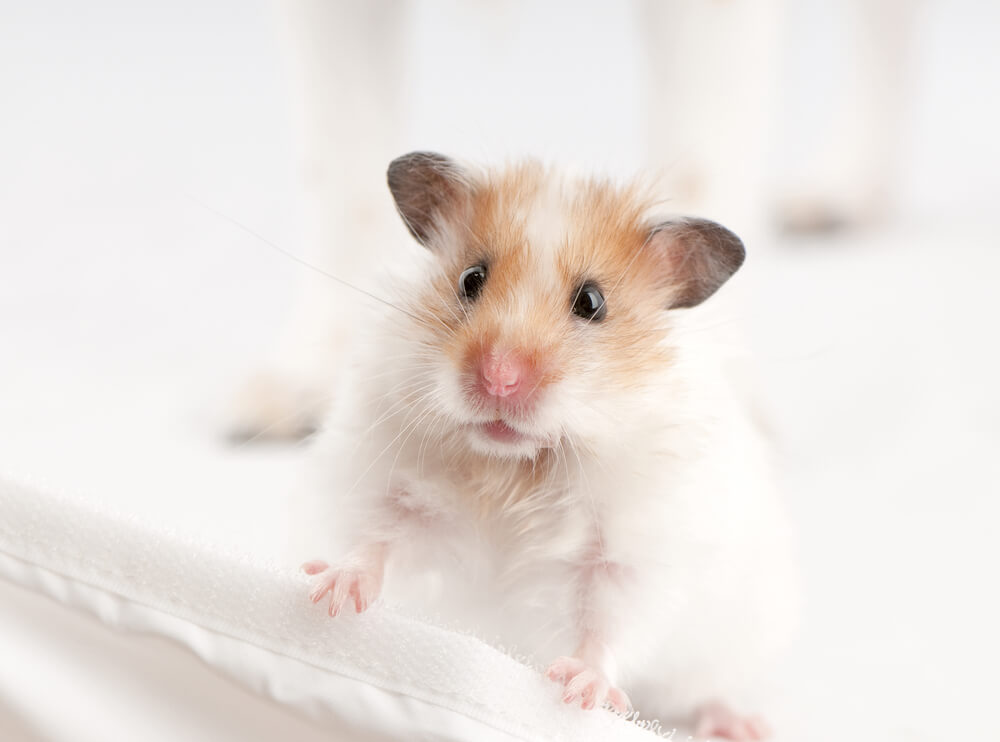
Hamsters have whiskers to help them navigate and explore their environment. These whiskers, also known as vibrissae, are sensitive and should never be cut off, as they play a crucial role in your hamster’s life.
Whiskers are long, stiff hairs located on a hamster’s face and are highly sensitive to touch. They assist your pet hamster in maintaining balance, detecting objects, and even smelling.
In the wild, hamsters rely on their whiskers for survival by alerting them to potential predators.
Your hamster’s whiskers are essential for understanding its surroundings and making decisions. They help the hamster gauge the size and shape of objects, allowing them to determine when to retreat or move forward.
This ability is crucial, especially when navigating through tight spaces or burrows.
In addition to their practical purposes, whiskers can provide subtle cues about your hamster’s emotions. Paying close attention to your hamster’s whisker movements can give you insight into how they are feeling.
Use of Whiskers in Hamsters

Sensory Purposes
Whiskers play a crucial role in hamsters’ sensory abilities. They help these nocturnal animals navigate, balance, and smell their surroundings.
Hamsters rely on whiskers to detect subtle changes in the environment and act accordingly. For example, whiskers may alert them to potential predators, allowing them to react quickly to potential threats.
Spatial Awareness
In addition to serving as sensory organs, whiskers also aid hamsters in spatial awareness. These long, thin hairs are highly sensitive to touch, enabling hamsters to feel objects near them and navigate tight spaces.
This ability is particularly significant when hamsters are exploring in the dark, as it allows them to safely and efficiently move around without relying solely on their limited vision.
Social Interactions
Whiskers are not only essential for hamsters’ sensory capabilities and spatial awareness but also for their social interactions. Hamsters use their whiskers to communicate with one another through touch.
By touching each other with their whiskers, they can convey information and emotions, fostering bonds and cooperation within their social group.
Whiskers are an essential part of a hamster’s lifestyle, serving various sensory, spatial, and social functions.
They are crucial for the well-being and survival of these popular pets and serve as a testament to the wonders of nature and its many adaptations.
Growth and Development of Whiskers
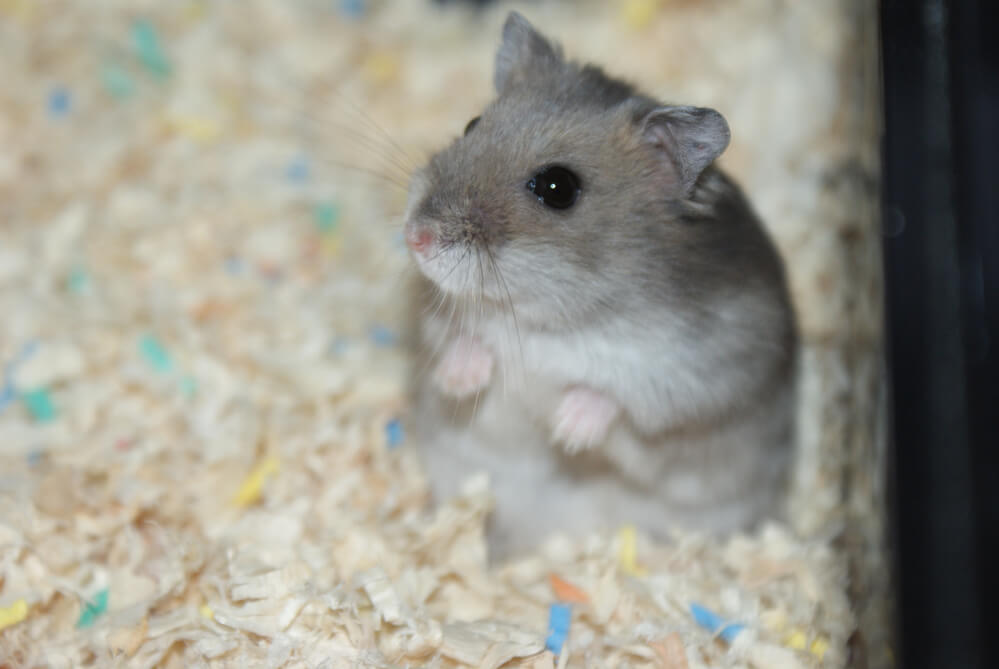
Hamsters have whiskers, also known as vibrissae, which play a crucial role in their daily life. These whiskers grow on their face, cheeks, and above their eyes, helping them navigate their environment and detect nearby objects.
Whiskers have nerve endings on their insides and tiny sensors on their outsides, which transmit information to the brain, allowing them to create a mental image of their surroundings.
As your hamster grows, its whiskers will develop along with its body size. The length of the whiskers can vary depending on the breed of the hamster, but all whiskers have the same important functions.
Whiskers are sensitive; they can gauge the size of an opening, helping hamsters avoid getting stuck in tight spaces. They also provide a sense of touch, which is crucial for nocturnal animals like hamsters that rely on their whiskers as an essential survival tool.
To take care of your hamster’s whiskers, you need to ensure that their living environment is clean, safe, and spacious enough.
Providing them with an appropriate habitat will prevent their whiskers from becoming damaged or torn, which can impact their ability to navigate and detect danger.
Make sure their living space has plenty of burrowing opportunities, as burrowing allows them to hone their whisker-guided navigational skills.
Lastly, hamsters occasionally shed their whiskers, with new ones growing in their place. This is a natural process and nothing to worry about.
Nevertheless, if you notice a sudden increase in whisker loss or any changes in your hamster’s behavior, consult a veterinarian. They can assess your pet’s health and provide the appropriate guidance to ensure their well-being.
By understanding the growth and development of your hamster’s whiskers and their importance to their survival, you can better care for your furry friend and provide them with a healthy, happy life.
Maintenance and Care of Hamster Whiskers
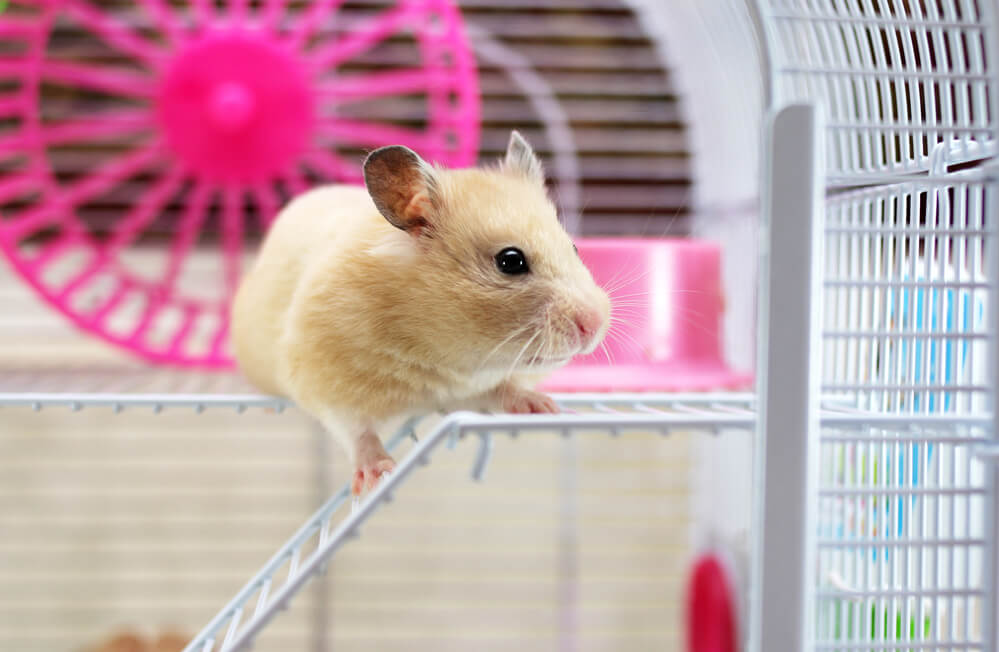
Caring for your hamster’s whiskers is essential for their well-being. These long, stiff hairs, known as vibrissae, help your pet navigate their environment, maintain balance, and detect scents.
It is crucial that you understand how to properly maintain and care for your hamster’s whiskers to ensure their overall health.
First, it is important to provide your hamster with a clean and spacious environment. A clutter-free enclosure will allow your hamster to explore without risking damage to their whiskers.
Make sure that there are no sharp objects or substances that might harm your hamster’s whiskers or delicate facial area.
During your regular grooming and handling sessions, gently inspect your hamster’s whiskers to make sure they are in good condition. Normal whisker shedding is expected and should not be a cause for concern, as whiskers grow back after shedding.
However, if you notice that your hamster has lost many whiskers and they are not growing back, it may be time for a visit to the veterinarian.
If you observe any debris or dirt caught in your hamster’s whiskers, carefully remove it with a soft-bristled brush. Avoid using any force or harsh chemicals, as these may cause damage to delicate whisker hairs.
Always be gentle when handling your hamster, especially around their face, as these are sensitive areas.
Proper nutrition plays a vital role in maintaining your hamster’s whisker health. A balanced diet, which includes a mix of pellets, fruits, vegetables, and occasional treats, will support hair growth and overall well-being.
Following these suggestions will be able to maintain and care for your hamster’s whiskers effectively, promoting a healthy and happy pet.
The Science Behind Hamster Whiskers

Hamsters have whiskers, or vibrissae, that play a vital role in their daily lives. These long, stiff hairs grow around their nose and mouth, and a hamster typically has 12-18 whiskers on each side of their face.
In this section, we’ll explore the science behind hamster whiskers and discover their importance for these small creatures.
Whiskers are essential for nocturnal animals like hamsters because they help them navigate, balance, and smell. When your hamster’s whiskers touch an object, the surface’s irregularities cause the whiskers to move.
These movements are then detected by hundreds of motion sensors within their innervated hair follicles. This sensory information allows hamsters to understand their surroundings and navigate through tight spaces, even in complete darkness.
In addition to navigation, hamster whiskers also play a role in communication and emotional expression. By observing the way your hamster’s whiskers move, you can gain insight into how they are feeling.
For example, when a hamster is feeling threatened or stressed, their whiskers might become more rigid and flick rapidly to help them stay alert and detect potential predators.
Overall, hamster whiskers provide these small animals with a versatile sensory system that plays a crucial role in their survival.
Not only do hamster whiskers aid in navigation and communication, but they also serve as an essential tool for detecting threats in their natural environment.
Comparison with Other Rodents
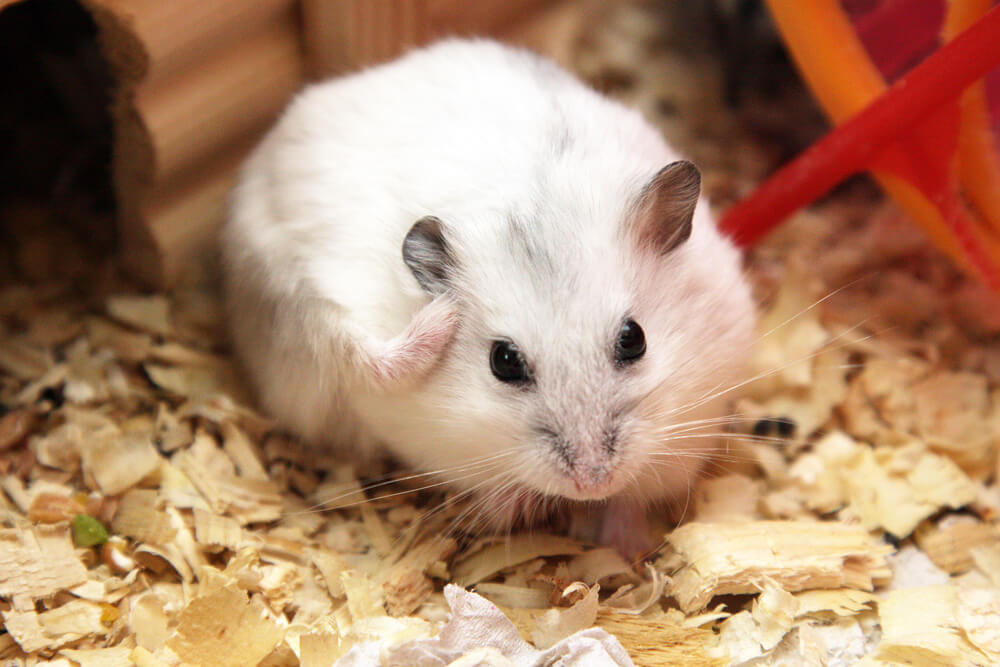
Even though most rodents share similar features, whiskers on different rodent species serve varying purposes. In comparison to other rodents, the primary function of hamster whiskers is to help them sense their environment and navigate spaces.
For example, rats also use their whiskers to gather information about their surroundings, but they actively employ them to explore textured surfaces and objects with more precision.
Also, the whiskers of mice assist in detecting changes in air currents, which is beneficial for avoiding potential predators.
In contrast, squirrels do not rely heavily on their whiskers for sensing the environment. Instead, they primarily depend on their sharp vision and hearing.
The whiskers of squirrels serve the secondary purpose of aiding them in close-range tactile activities, such as handling food and grooming.
While guinea pigs, like hamsters, utilize their whiskers for navigation and spatial awareness, they are less reliant on them due to their larger size and different habitat preferences.
Their whiskers still play a significant role in helping them explore new surroundings, but they have a decreased level of sensitivity compared to hamsters.
In conclusion, although whiskers are a common attribute among various species of rodents, their specific functions and importance to each species differ based on their behaviors, habitats, and other adaptations.
Conclusion
Hamsters have whiskers as a crucial tool for their survival and well-being. These long, sensitive hairs provide hamsters with the ability to navigate and explore their environment more effectively, especially since they have limited vision.
As you observe your hamster, you can notice their whiskers helping them gauge the size and shape of objects while they move through their habitat. Furthermore, the whiskers assist hamsters in determining when to retreat or move forward, ensuring their safety.
Their whiskers aren’t just sensory tools – they also play a vital role in communication. With nerve endings connecting directly to the hamster’s brain, they can offer subtle signs of their feelings.
Remember to provide proper care for your hamster, and be aware that their whiskers are vital to their overall well-being. By understanding the importance and function of their whiskers, you can ensure a happier and healthier life for your furry friend.
Frequently Asked Questions
What is the function of whiskers on hamsters?
Whiskers play a crucial role in hamsters’ lives as they help them navigate, balance, and smell. They act as a survival tool in the wild, alerting hamsters to potential predators and dangers in their environment.
Whiskers are also highly sensitive and assist hamsters in understanding the size and shape of various objects they encounter.
How do whiskers help hamsters navigate?
Hamsters primarily use their whiskers to navigate their surroundings. These long, thin hairs are located on their face and are very sensitive to touch. In dark conditions, whiskers help hamsters detect changes in air currents, locate nearby objects, and sense potential predators.
This sensitivity allows them to move around safely and efficiently, even when their vision may be limited.
Do hamster whiskers share similarities with other animals?
Yes, hamster whiskers share similarities with whiskers in other animals, such as cats and rats. Like hamsters, these animals also use their whiskers to navigate their environment, maintain balance, and detect objects.
Whiskers, in general, are a common sensory tool for many mammals, supporting their survival and overall well-being.
Can you trim a hamster’s whiskers?
It is not recommended to trim a hamster’s whiskers. Their whiskers are essential for healthy functioning, and removing or shortening them can interfere with their ability to navigate and sense their environment.
It could lead to increased stress, fear, or even injury, as they would struggle to adapt to their surroundings.
What happens if a hamster’s whiskers are damaged?
If a hamster’s whiskers are damaged or lost, they may experience difficulty in maintaining balance and correctly sensing their environment.
This can make them susceptible to accidents, falls, and reduced overall coordination. It is important to ensure their living environment is safe and to monitor them regularly to minimize the risk of further damage.
Do whiskers grow back if they are lost?
Yes, hamster whiskers can grow back if they are lost or damaged. However, the regrowth process takes time and may not always restore the whiskers to their original length or strength.
During this period, it is crucial to monitor your hamsters and provide them with a safe living environment to avoid any additional harm or stress.

